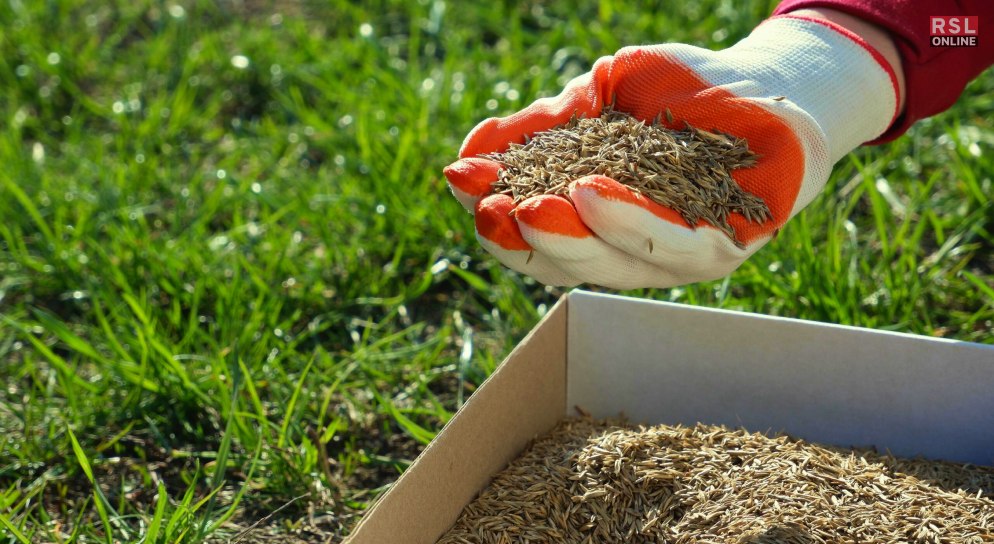In the world of homeownership, few things are as universally coveted as a stunning, impeccably green lawn. Picture it: a soft, vibrant carpet of grass stretching out in front of your home, inviting picnics, barefoot strolls, and those cherished moments of outdoor relaxation. Achieving this picturesque lawn, however, requires more than mere wishful thinking. It hinges on a fundamental question that has perplexed many homeowners: when to plant grass seed.
This comprehensive guide is your go-to resource for mastering the art of grass seed planting. By the time you reach the end, you’ll be armed with the wisdom needed to transform your yard into an emerald oasis. We’ll unravel the intricacies of this age-old gardening practice, demystifying the process step by step.
But before we delve into the intricacies of when to sow your grass seed, let’s start with the basics. The type of grass you choose plays a pivotal role in your lawn’s success, as different varieties thrive in different climates and conditions. We’ll help you navigate this crucial decision, ensuring your choice aligns perfectly with your local environment.
So, if you’re ready to embark on the journey to a lawn that turns heads and inspires envy among your neighbors, read on. The path to a lush, thriving lawn begins right here, with the key question: when to plant grass seed.
When To Plant Grass Seed: The Key To A Lush Lawn
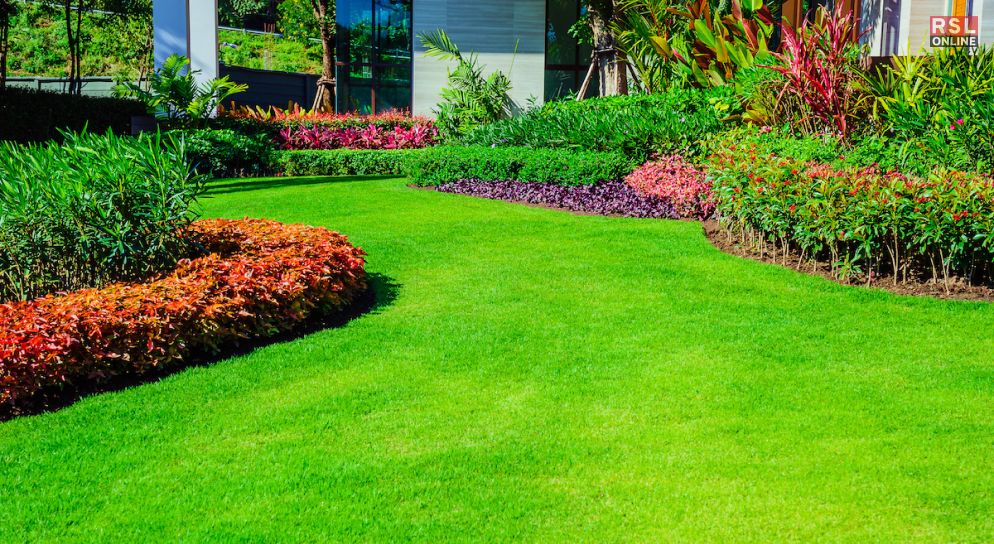
Want to know when is the best time to plant grass seed? Well, I have you covered! That is exactly what I am going to talk about in this blog.
So, roll up your sleeves, grab your seed spreader, and get ready to enjoy the rewards of a vibrant, healthy lawn. Here is what you need to know about when to plant grass seed:
Understanding Your Grass Type
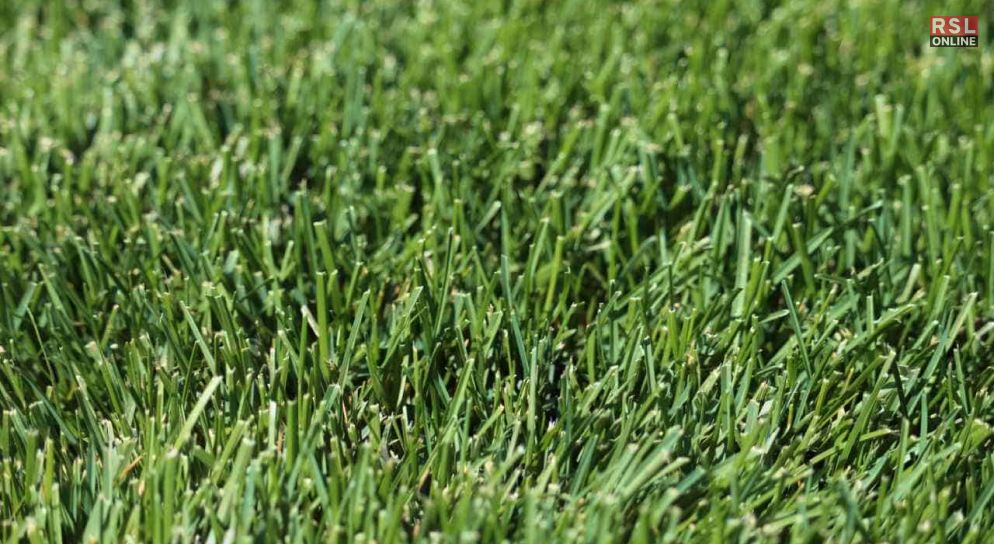
Understanding your grass type is the crucial first step when it comes to knowing when to plant grass seed. Grass isn’t a one-size-fits-all scenario; different types of grass flourish in distinct climates and conditions. To ensure the success of your lawn, it’s vital to choose the right grass variety that suits your local environment.
Common grass types include Kentucky Bluegrass, Bermuda Grass, and Fescue. Each of these has its own unique characteristics and preferences. Here’s a brief breakdown:
1. Kentucky Bluegrass: This cool-season grass thrives in regions with cold winters and moderate summers. It’s known for its lush, dark green appearance and is often chosen for its fine texture and durability.
2. Bermuda Grass: Warm-season Bermuda Grass is perfect for hot climates with mild winters. It’s resilient and drought-tolerant, making it an excellent choice for areas with scorching summers.
3. Fescue: Fescue grasses are adaptable and can handle a range of climates. They’re well-suited for cooler regions and can tolerate some shade.
To make an informed decision, consult with local experts or nurseries who can provide insights into the best grass type for your area. By selecting the right grass variety that aligns with your region’s climate and soil conditions, you set the foundation for a thriving, vibrant lawn that will be the envy of your neighborhood.
Spring Vs. Fall: The Ideal Planting Seasons
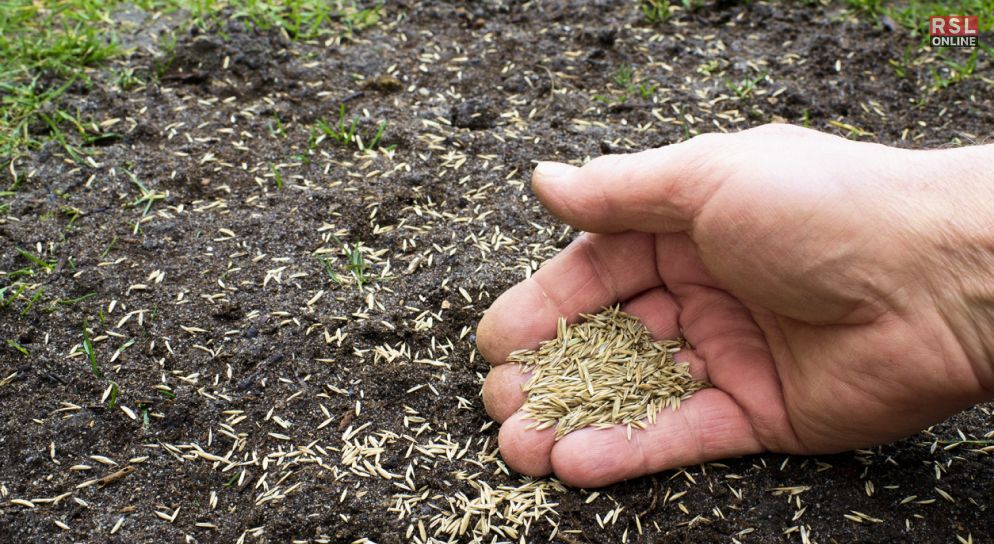
When it comes to planting grass seed, timing is everything. The decision of whether to plant in the spring or fall can significantly impact the success of your lawn. Let’s dive into the pros and cons of each season to help you make the best choice for your specific circumstances.
Spring Planting:
Spring is often seen as the second-best option for planting grass seed, but it certainly has its merits. One of the primary advantages of spring planting is that it marks the awakening of nature. As temperatures begin to rise after the cold winter months, the soil gradually warms up, creating ideal conditions for grass seed germination. This transition from winter to spring typically occurs between March and May in most regions, although the exact timing can vary depending on your location.
Here are some key considerations for spring planting:
Pros:
1. Warmer Soil: Spring temperatures encourage soil temperatures to climb, promoting rapid germination and early growth of grass seedlings.
2. Extended Growing Season: Planting in the spring allows your grass to establish itself before the heat of summer, giving it a better chance to withstand the stress of high temperatures.
Cons:
1. Unpredictable Weather: Spring can be a fickle season with erratic weather patterns. Sudden cold snaps or heavy rains can disrupt the germination process and make it less predictable.
2. Weed Competition: Spring is also the season when weeds start to grow vigorously. This means that your grass seedlings may have to compete with these invasive plants for resources.
3. Disease Risk: Spring is associated with increased humidity, which can create favorable conditions for diseases that affect grass.
In summary, spring planting is a viable option, especially if you missed the fall planting window or have a preference for cool-season grasses like Kentucky Bluegrass and Fescue. Just be prepared to monitor your lawn closely and take steps to protect your young grass from the challenges that spring weather and weeds can present.
Fall Planting:
Fall is the undisputed champion of grass seed planting seasons for many regions, and it’s easy to see why. As the summer heat gradually subsides, the soil remains warm from the previous months, creating a harmonious environment for grass growth. The period for ideal fall planting typically falls between late August and mid-September, depending on your location and the type of grass you’re planting.
Here are some key considerations for fall planting:
Pros:
1. Optimal Conditions: Fall offers the perfect combination of warm soil and cooler air, which provides an excellent environment for seed germination and root development.
2. Reduced Weed Competition: Weeds tend to be less aggressive in the fall, giving your grass seedlings a better chance to establish themselves without competition.
3. Extended Root Growth: By planting in the fall, your grass has ample time to develop a strong root system before winter arrives, making it more resilient in the long run.
4. Less Disease Pressure: Fall typically sees lower humidity levels, reducing the risk of diseases that can plague your lawn.
Cons:
1. Timing is Critical: Planting too early in the fall can result in seedlings that are not mature enough to withstand the winter cold. Planting too late may not allow sufficient time for root growth before the first frost.
2. Fall Leaves: If you’re planting in an area with deciduous trees, falling leaves can create challenges for young grass seedlings, as they may become buried or shaded.
In conclusion, fall planting is the preferred choice for most regions and grass types. It offers a longer growing season, reduced weed competition, and favorable weather conditions. However, timing is crucial in the fall, so be sure to plan accordingly. By considering the unique characteristics of each season, you can make an informed decision on when to plant grass seed and set the stage for a lush, vibrant lawn.
Soil Preparation: The Foundation Of Success
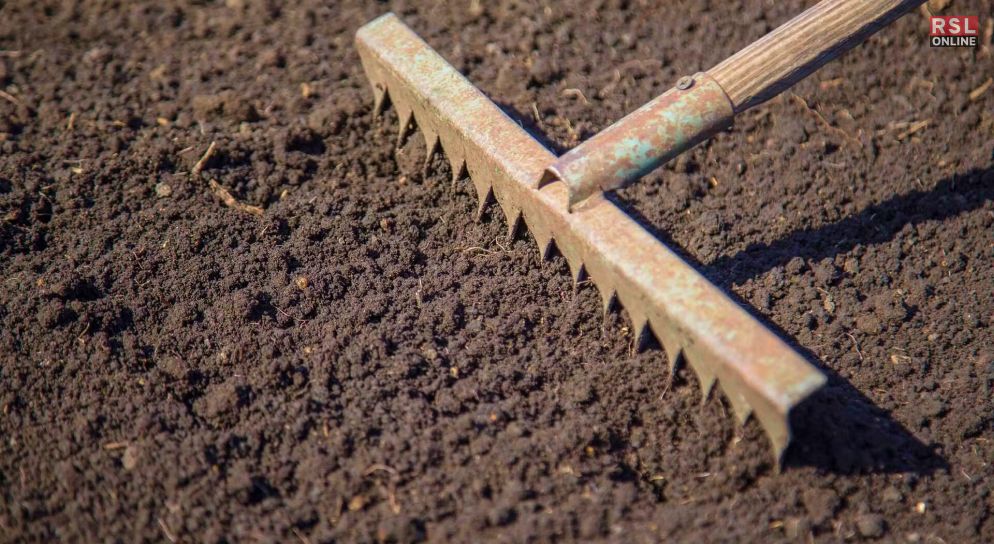
Preparing your soil is a critical step in ensuring the success of your grass seed planting endeavor. Think of it as the foundation upon which your lush lawn will grow. Here’s a more detailed breakdown of this crucial phase:
1. Clearing The Ground:
Before you even think about sowing your grass seed, you need a clean canvas. Start by removing any debris, rocks, or weeds from the area where you intend to plant. Weeds can be particularly problematic, as they compete with your grass for water, nutrients, and sunlight. Clearing them out ensures your grass seed won’t have to fight for survival.
2. Soil Loosening:
Healthy grass roots need room to breathe, and compacted soil can be a barrier to this. To alleviate compaction and improve aeration, use a garden fork or, for larger areas, a tiller to loosen the soil. Aim for a depth of at least 2-3 inches. This allows the roots to penetrate easily, promoting stronger growth.
3. Adding Organic Matter:
To create an optimal growing environment for your grass seed, consider adding organic matter to your soil. Compost, peat moss, or well-rotted manure are excellent choices. These materials enhance soil structure, increase water retention, and provide essential nutrients. Mix the organic matter into the loosened soil to create a nutrient-rich foundation for your grass.
4. Soil Testing:
The best way to determine your soil’s specific needs is through a soil test. Local agricultural extension offices or garden centers can provide soil testing kits or services. The test results will reveal the pH level and nutrient content of your soil. This valuable information guides you in selecting the right fertilizer and amendments to address any deficiencies.
5. Leveling The Surface:
After amending the soil and before seeding, ensure the surface is level and smooth. A rake is a handy tool for this task. A flat surface helps with even distribution of seeds and uniform growth. Be mindful not to create low spots where water might accumulate, as this can lead to uneven growth or disease.
Proper soil preparation is the groundwork for a thriving lawn. Neglecting this step can hinder grass seed germination and result in an unhealthy, patchy lawn. By following these soil preparation guidelines, you’re setting the stage for a vibrant and robust lawn that will be the envy of your neighborhood.
Planting Your Grass Seed
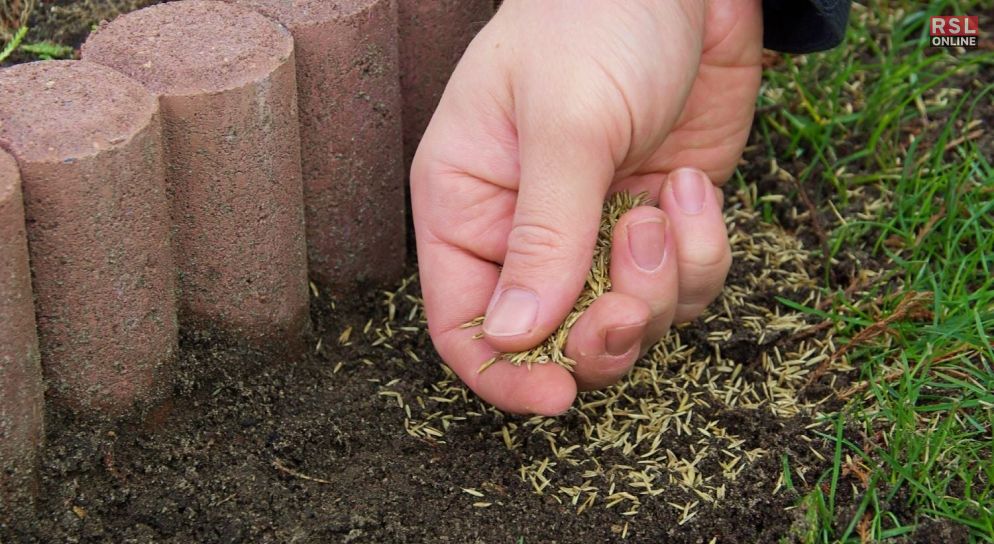
Planting your grass seed is a critical step in the journey to a lush and vibrant lawn. To ensure success, it’s essential to follow the right techniques and practices. Here’s a detailed explanation of the “Planting Your Grass Seed” phase:
1. Choose The Right Seed
Selecting the appropriate grass seed is the first and foremost task. Make sure to pick a high-quality seed that aligns with your region’s climate and your specific lawn needs. Different grass varieties have varying requirements, so it’s essential to do your research or consult with a local nursery for guidance.
2. Spread The Seed
Once you have your chosen seed in hand, the next step is to distribute it evenly across your prepared soil. You can use a seed spreader for larger areas, which ensures a consistent distribution. Alternatively, if you’re working with a smaller area, you can broadcast the seed by hand. Pay close attention to the recommended seeding rate for your specific grass type, as over-seeding or under-seeding can affect the final results.
3. Rake The Soil
After spreading the seed, gently rake the soil to cover the seeds with a thin layer of soil. This serves multiple purposes: it protects the seeds from hungry birds, helps maintain moisture, and improves soil-to-seed contact. The goal is to have the seeds nestled securely in the soil while still allowing them access to air and light.
4. Water Thoroughly
Proper watering is crucial at this stage. Immediately after planting, give the seeded area a thorough but gentle watering. The aim is to keep the soil consistently moist, not soggy. A light misting several times a day may be necessary, depending on the weather and soil conditions. Adequate moisture is essential for germination and early seedling growth.
5. Mulch For Moisture
To further protect your grass seeds and maintain moisture levels, consider adding a thin layer of straw or mulch. This layer helps prevent soil erosion and keeps the soil temperature stable, promoting optimal seed germination.
By diligently following these steps when planting your grass seed, you’re setting the stage for a successful lawn transformation. Remember, patience and attention to detail are key. Over time, you’ll watch your grass seedlings grow into a beautiful, lush carpet of green that will be the pride of your neighborhood.
Post-Planting Care
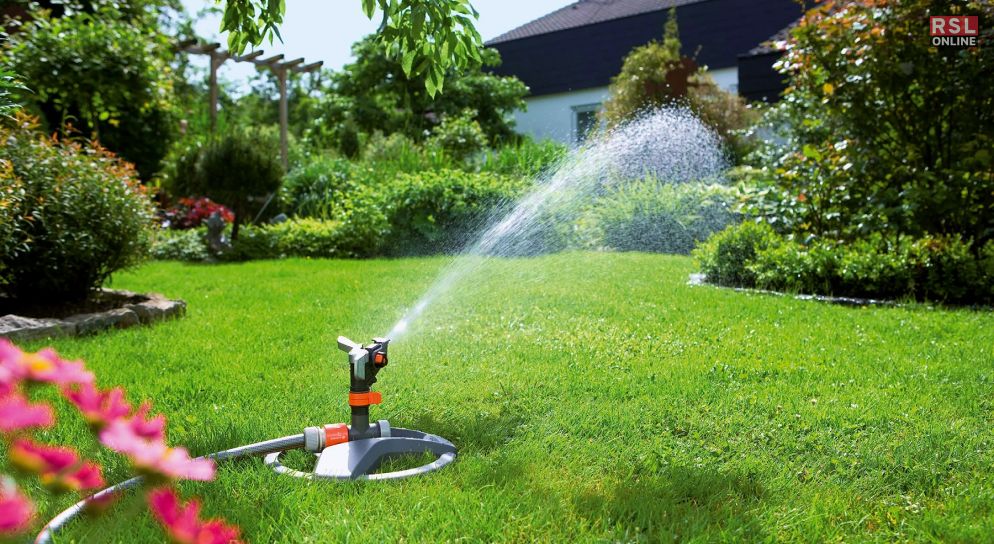
Post-planting care is a critical phase in the process of growing a healthy and vibrant lawn. Once you’ve sown your grass seed and provided the optimal conditions for germination, it’s essential to continue nurturing your young grass to ensure it thrives. Here’s a closer look at the key aspects of post-planting care:
1. Maintain Adequate Moisture
After planting your grass seed, it’s crucial to keep the soil consistently moist. The initial period after planting is when the seeds are germinating and developing roots. Watering the area regularly is essential to provide the necessary moisture for these processes. However, avoid overwatering, as it can lead to rot or disease. Aim for a gentle, even application of water to keep the soil consistently damp but not waterlogged.
2. Careful Mowing
Once your grass reaches a height of around 3 inches, it’s time for the first mow. Use a sharp blade on your lawn mower to ensure a clean cut. Be gentle during this initial mow to avoid damaging the young grass and its delicate roots. Set your mower blade to a higher setting to maintain a slightly taller grass height, which can help shade the soil and reduce weed competition.
3. Fertilization
As your grass establishes itself, you may consider fertilizing to encourage healthy growth. Choose a fertilizer that matches your grass type and follow the recommended application rates. It’s important to note that young grass is sensitive, so use a balanced fertilizer with lower nitrogen content to prevent burning the new seedlings.
4. Weed Management
Keep a vigilant eye out for weeds in your newly seeded area. Weeds can quickly establish themselves and compete with your grass for nutrients and sunlight. Remove weeds by hand or use a safe and appropriate herbicide if necessary. Weed management is crucial in the early stages to ensure your grass seedlings have room to grow.
5. Patience And Observation
Lastly, be patient and observant during the post-planting care phase. Grass seedlings may take several weeks to fully establish themselves and create a dense, lush lawn. Regularly check for signs of disease, pest infestations, or other issues that may require attention. Adjust your care routine as needed to address any challenges that arise.
Post-planting care involves maintaining soil moisture, mowing with care, fertilizing wisely, managing weeds, and keeping a watchful eye on your developing lawn. By following these guidelines and providing the right conditions for your grass seed to thrive, you’ll be well on your way to enjoying a beautiful, healthy lawn that’s the envy of your neighborhood.
Conclusion
Congratulations! You’ve just embarked on the journey to a lush, green lawn. By understanding when to plant grass seed and following the steps outlined in this guide, you’re well on your way to achieving the outdoor oasis you’ve always wanted.
Remember, the timing of grass seed planting is crucial, and it varies depending on your location and grass type. Whether you opt for a spring or fall planting, the key is to provide the right conditions for your grass seed to thrive. With patience, care, and a little TLC, your lawn will be the talk of the town in no time.
Read Also:

















